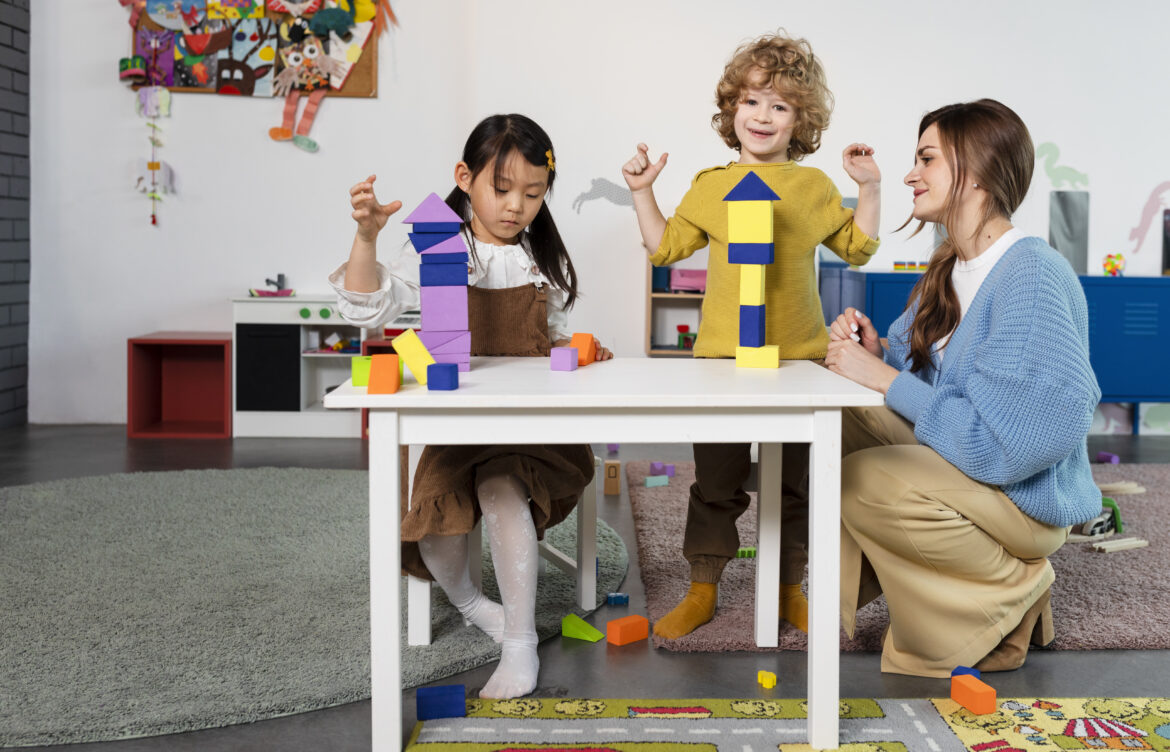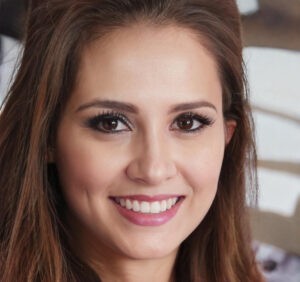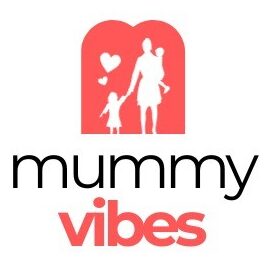
Montessori vs. Play-Based Preschools: Which Is Right for Your Child?
Choosing the right preschool is a tough decision for any parent, especially when you’re trying to decode all the different educational approaches out there. Two of the most popular options you’ll encounter are Montessori and play-based programs, and honestly, both have some pretty compelling benefits.
Whether you’re considering a traditional program or something like Step By Step Montessori, understanding what each approach offers will help you make the best choice for your child’s unique personality and learning style.
What Makes Montessori Different?
The Montessori method is all about following your child’s natural curiosity and letting them take the lead in their learning journey.
Picture a classroom where kids freely choose their activities from carefully designed materials, work at their own pace, and learn through hands-on exploration. It’s the kind of classroom where a three-year-old can have fun pouring water from one pitcher to another, developing fine motor skills and focus without even realizing they’re “learning.”
In Montessori classrooms they typically have mixed-age groups where older children naturally become mentors to younger ones. The environment is calm and orderly, with everything designed to be child-sized and accessible. Teachers act more like guides, observing and stepping in when needed rather than directing every moment of the day.
The Play-Based Approach Explained
Play-based preschools operate on the belief that children learn best through play, and honestly, they’re not wrong. These programs recognize that when kids are having fun, they’re naturally absorbing language skills, social cues, problem-solving strategies, and creativity.
Think dramatic play corners where your child becomes a doctor, artist, or chef, building vocabulary and social skills with every interaction.
These classrooms tend to be more flexible and spontaneous. Teachers might pivot the entire day’s plan if the kids show particular interest in something unexpected, like the construction happening outside the window.
The focus is on exploration, imagination, and building relationships through shared play.
Key Differences to Consider
The structure level is probably the biggest difference you’ll notice.
Montessori schools are more structured and orderly, while play-based classrooms embrace a bit more chaos and spontaneity. Neither is better or worse – they just appeal to different types of learners.
Montessori programs typically emphasize independence and self-direction from an early age. Your child will learn to clean up after themselves, choose appropriate work, and manage their time whereas play-based programs focus more on social interaction and creativity, often with more teacher-guided activities and group experiences.
Which Approach Suits Your Child?
Consider your child’s temperament and learning style.
- Does your little one thrive with routine and focused activities?
- Do they love having choices and working independently?
If so, Montessori might be perfect.
Conversely…
- Is your child highly social, imaginative, and energized by group activities?
A play-based program could be ideal.
Some children need the calm, predictable environment that Montessori provides, while others flourish in the dynamic, socially rich atmosphere of play-based programs. There is no universally “right” choice, just the one that is right for your unique child.
The best preschool is one where your child feels safe, engaged, and excited to learn, regardless of the educational philosophy behind it.
 Mattie Hubbard is a distinguished figure in the field of sustainable agriculture, known for her innovative approaches to environmentally friendly farming practices. With a deep-rooted passion for the earth and a commitment to ecological balance, Mattie has become a leading voice in promoting sustainable methods that benefit both the environment and the farming community. Her work often involves integrating traditional agricultural knowledge with modern techniques to create systems that are both productive and sustainable.
Mattie Hubbard is a distinguished figure in the field of sustainable agriculture, known for her innovative approaches to environmentally friendly farming practices. With a deep-rooted passion for the earth and a commitment to ecological balance, Mattie has become a leading voice in promoting sustainable methods that benefit both the environment and the farming community. Her work often involves integrating traditional agricultural knowledge with modern techniques to create systems that are both productive and sustainable.
